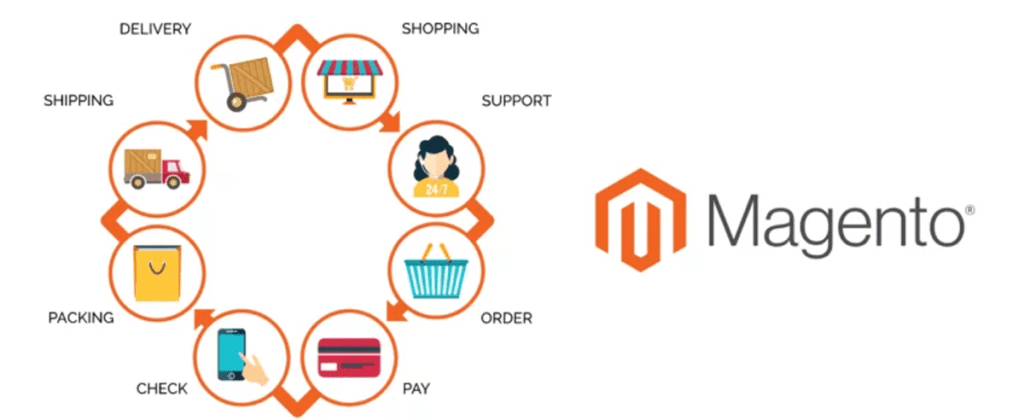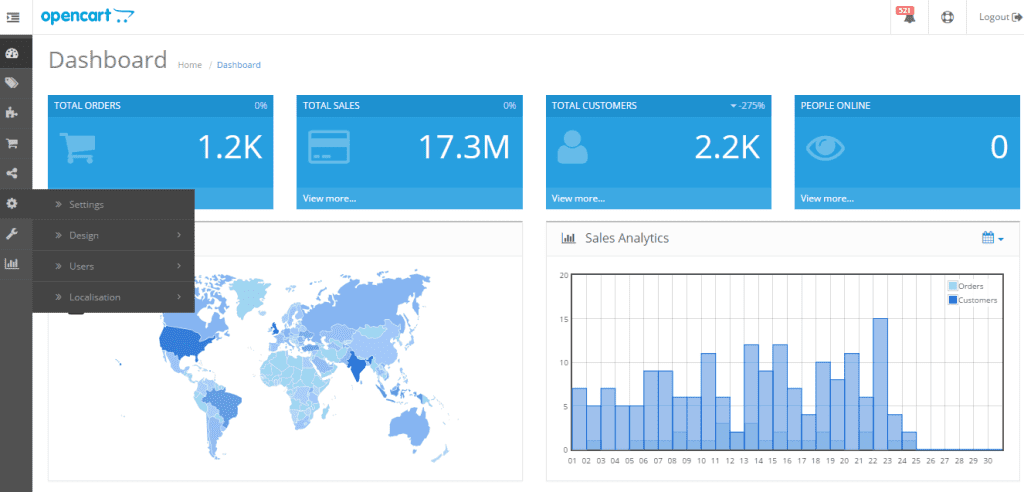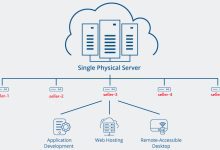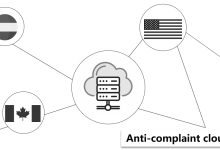In a previous article, “Key Technical Points for Replica DTC Stores”, I discussed some of the essential technical requirements. If you’re interested, you can explore the details yourself.
The truth is, setting up a replica store is actually quite low-cost, and technical challenges can almost always be solved with money. It doesn’t have to be as complicated as it sounds. Anyone who has worked in this industry for a while will understand the basic logic behind it.
If you know PHP and have spent a few years in the replicas e-commerce industry, you likely already understand the main requirements and internal logic. With some time spent on programming, you can develop your own store and products efficiently—it’s a smooth process.
For those without programming experience or deep industry knowledge, you can still get a functional site up for a few hundred dollars.
One important note: SaaS-based platforms are not recommended for replica stores. You can refer to “Is SaaS Suitable for Replica DTC Stores?” for more details. The main issues are:
-
Payment processing risks: SaaS stores are more likely to have accounts blocked.
-
High long-term costs: SaaS usually charges an annual fee. Over five years, you might spend $20,000, whereas a self-hosted store could cost less than $3,000 (mainly for server renewals).
The only viable approach for replica stores is self-hosted development, usually based on open-source platforms that can be customized. Popular options include:
-
Magento
-
WordPress (WooCommerce)
-
OpenCart
-
ZenCart
Each platform has its own characteristics, and Marcus Steele’s company offers services for all four frameworks. From a technical perspective, any of these open-source platforms can work well—you just need to pick one you are comfortable with.
Self-hosting gives you full control, low costs, and flexibility, making it the preferred solution for building long-term, profitable replica DTC stores.
Magento
Among the four major open-source platforms, Magento has a relatively higher entry barrier. Its architecture is extremely flexible, featuring a modular design and a comprehensive set of functions that developers find very appealing.

Magento is highly integrable and scalable, making it an excellent choice for replica DTC stores. Its strengths include:
-
Robust product management system
-
Flexible template system
-
Extensive plugin ecosystem
-
Strong security and encryption features
These capabilities make Magento one of the top choices for developers.
However, Magento can be challenging for beginners. Its rich functionality and complex logic can be overwhelming at first. Users need to spend significant time understanding each feature and how different functions interconnect. Proper study and hands-on practice are essential to fully leverage Magento’s capabilities.
WordPress
Among my client base, the typical setup is WordPress + WooCommerce. The biggest advantage of WordPress is its SEO-friendliness: pages are indexed quickly, and ranking on search engines is relatively easier. For sellers who rely on a content and blog-driven SEO strategy, WordPress is the go-to platform.

WordPress also offers abundant themes, making it easy to DIY your store’s style. For users who care about design, the entry barrier is low. (In the replica store industry, UI is important, but not critical.)
However, WordPress has its major drawbacks:
-
Cumbersome architecture: Large-scale stores generally avoid WordPress as a core framework due to its simple database layer and limited scalability.
-
Plugin limitations: While there are many plugins available, installing too many can slow down your site and harm user experience.
In summary, WordPress is a great choice for beginners or smaller replica DTC stores. But as your store grows and traffic increases, the platform can struggle to handle large datasets and high-volume operations, making the architecture less efficient.
Opencart
OpenCart is an open-source project hosted on GitHub, developed using the MVC architecture. The current version has been updated to 4.x. Among the four major open-source platforms, OpenCart stands out for its active development and fast updates, supported by a large developer community, which has helped it become one of the most popular choices.

For users, OpenCart’s biggest strengths are its simplicity, intuitive interface, and clean design. The backend is straightforward yet powerful, offering sufficient functionality for most store operators.
However, for developers, OpenCart requires significant optimization in certain areas. For example, its checkout process can be cumbersome. Without implementing a streamlined, one-step checkout, the platform may experience higher order abandonment rates. To achieve optimal performance, developers need to understand the eCommerce industry in detail and carefully optimize each functional aspect.
Zencart
ZenCart is a relatively older open-source system that was popular around 15 years ago, especially for replica stores selling products like replica shoes. Marcus Steele himself has used it in the past.

Overall, ZenCart is the easiest to get started with among the four major open-source platforms. Its functionality is simple, making it very beginner-friendly.
However, ZenCart has some inherent drawbacks:
-
Certain program limitations hinder on-site SEO performance.
-
The development community has largely slowed down or stopped updating, leaving few active maintainers.
-
Its versions are quite outdated, which makes it less recommended for modern replica DTC stores.
Conclusion
In actual operations, WordPress (WP) and OpenCart (OC) are the most commonly used platforms, each with its own advantages and drawbacks. Marcus Steele personally prefers OpenCart, because its framework was originally designed for eCommerce store systems.
In contrast, WordPress was initially created as a blogging platform. To adapt it for eCommerce, developers later created the WooCommerce plugin, which integrates all store functionality into a plugin rather than the core framework. As a result, when traffic concurrency is high, WordPress can become bloated, similar to running an operating system entirely from a USB drive instead of the computer’s main C drive—the performance limitations are inevitable.
I have listed in detail the respective performance of WP and OC in replica DTC stores in one of my articles, please look at this article: OpenCart vs WordPress: Which is Better for a Replica Product e-commerce Website?
Ultimately, a website is just a tool for eCommerce, and the choice of an open-source platform should depend on your specific operational needs. There is no absolute “best” or “worst” option. After all, traffic is the essence of any internet business.
In future articles, we will continue to discuss traffic-related strategies, including payment processing, logistics solutions, advertising campaigns, and other key aspects of running a replica DTC store.
Simplify Your Replica DTC Store Setup!
Join our Professional Website Development Program and skip the hassles of complex coding and ongoing maintenance. Focus entirely on store operations and customer growth, while maximizing your profit efficiency.
 Custom E-commerce Solutions for High-Quality Designer-Inspired Fashion Replicas | Website Development, Dropshipping, Payment Integration for PayPal and Stripe, Ad Cloaking Services
Custom E-commerce Solutions for High-Quality Designer-Inspired Fashion Replicas | Website Development, Dropshipping, Payment Integration for PayPal and Stripe, Ad Cloaking Services



























![5 Best WordPress Themes for Replica Product International Trade Websites [Recommended]-Custom E-commerce Solutions for High-Quality Designer-Inspired Fashion Replicas | Website Development, Dropshipping, Payment Integration for PayPal and Stripe, Ad Cloaking Services](https://replicasmaster.com/wp-content/uploads/2025/06/1-1-220x150.jpg)
